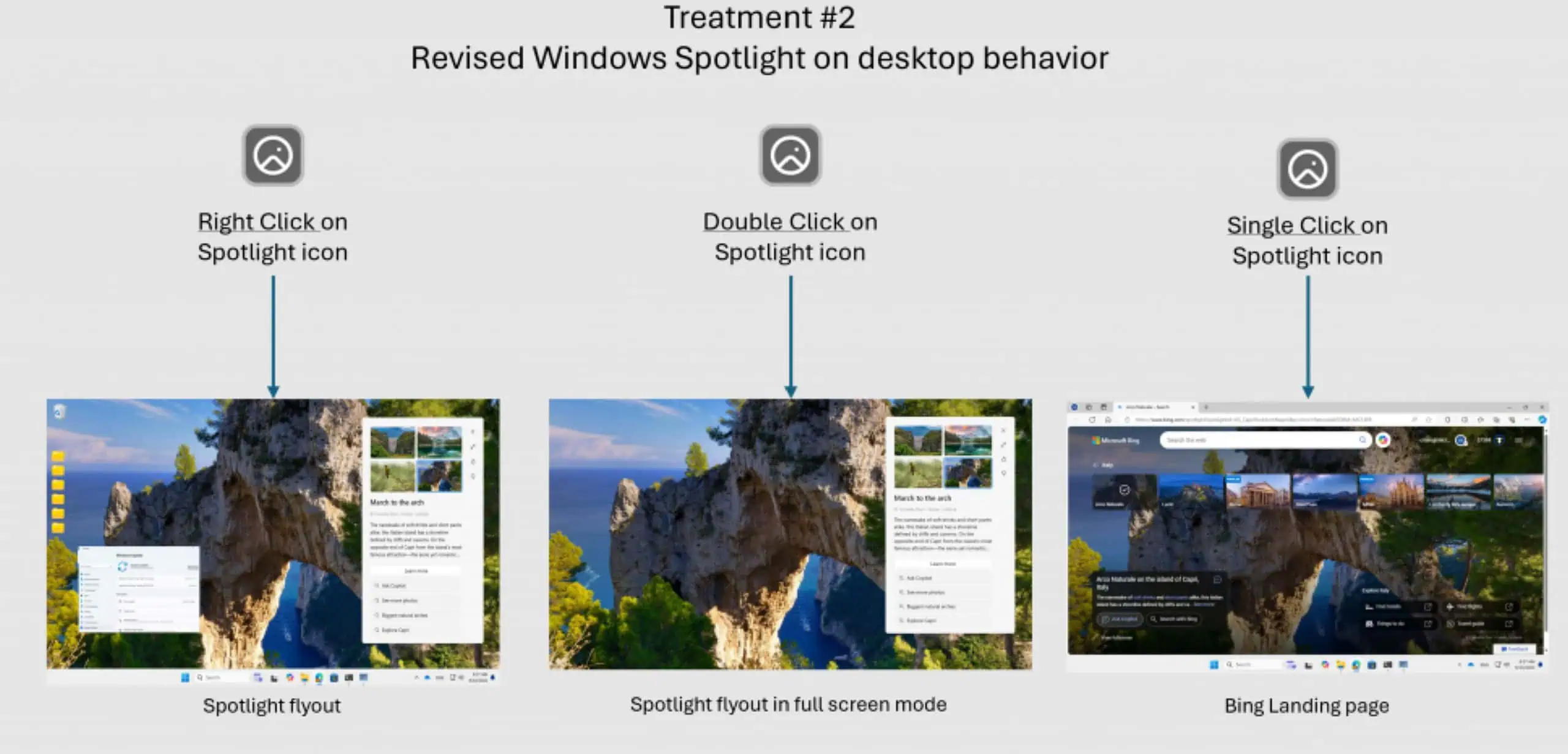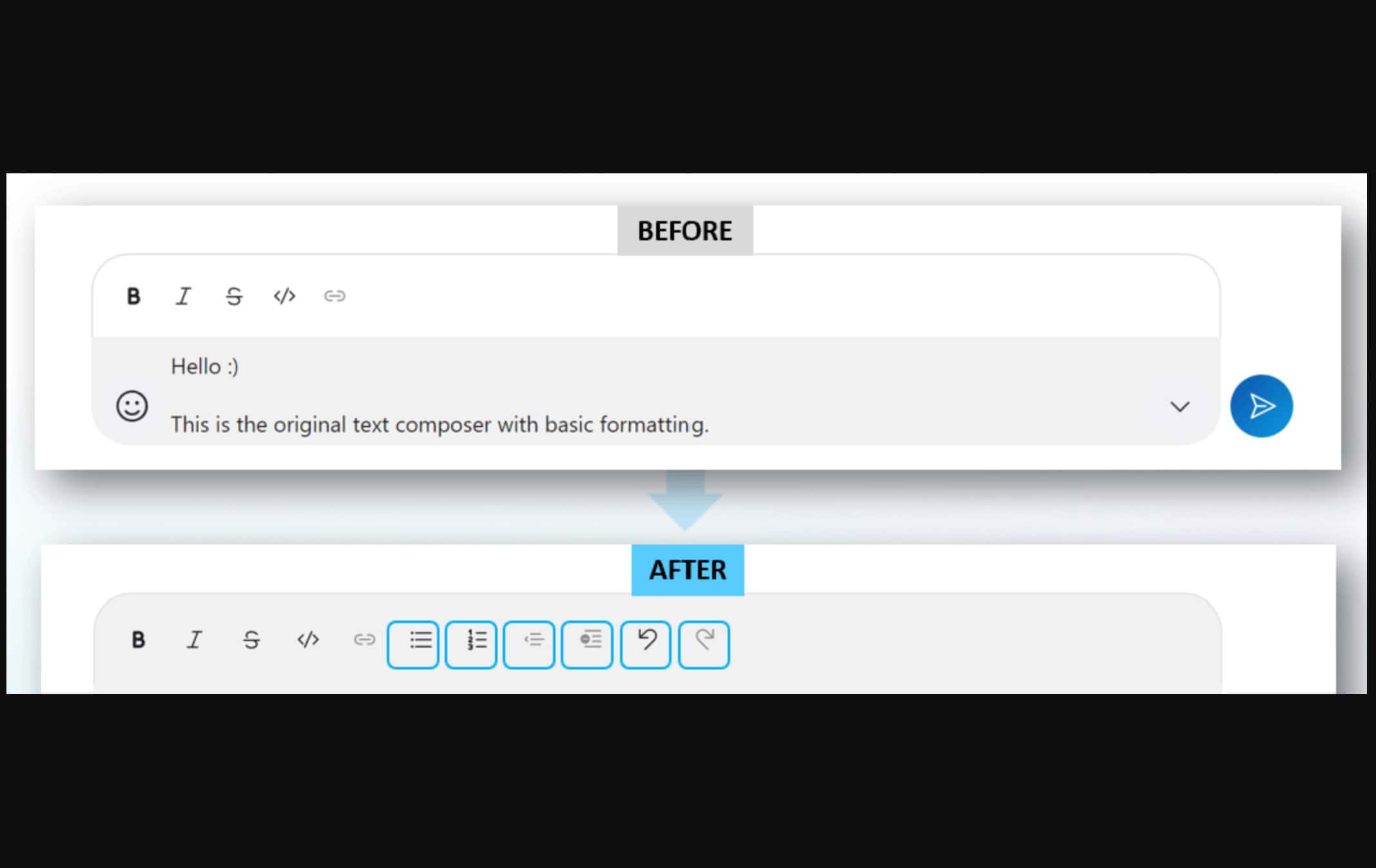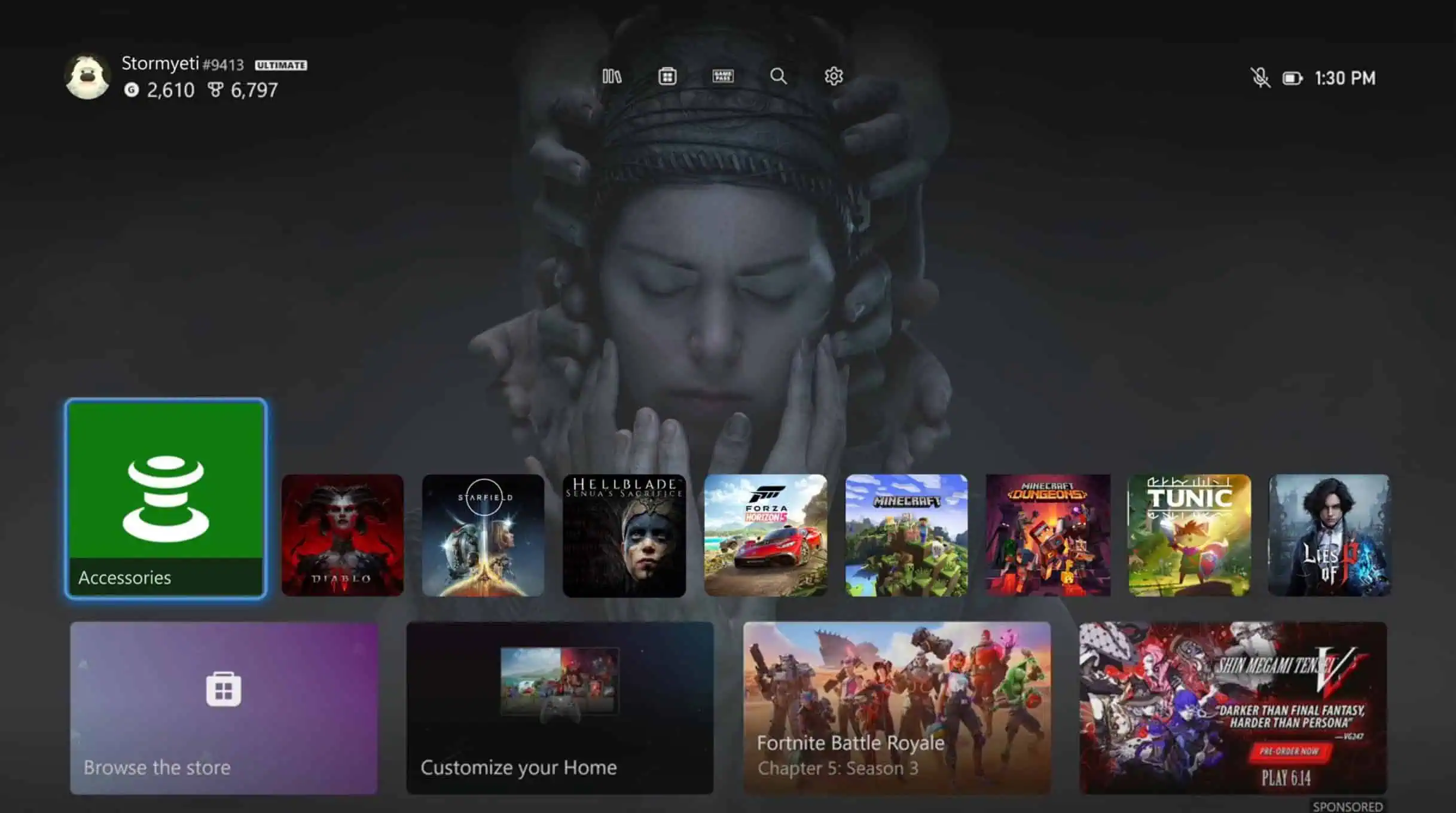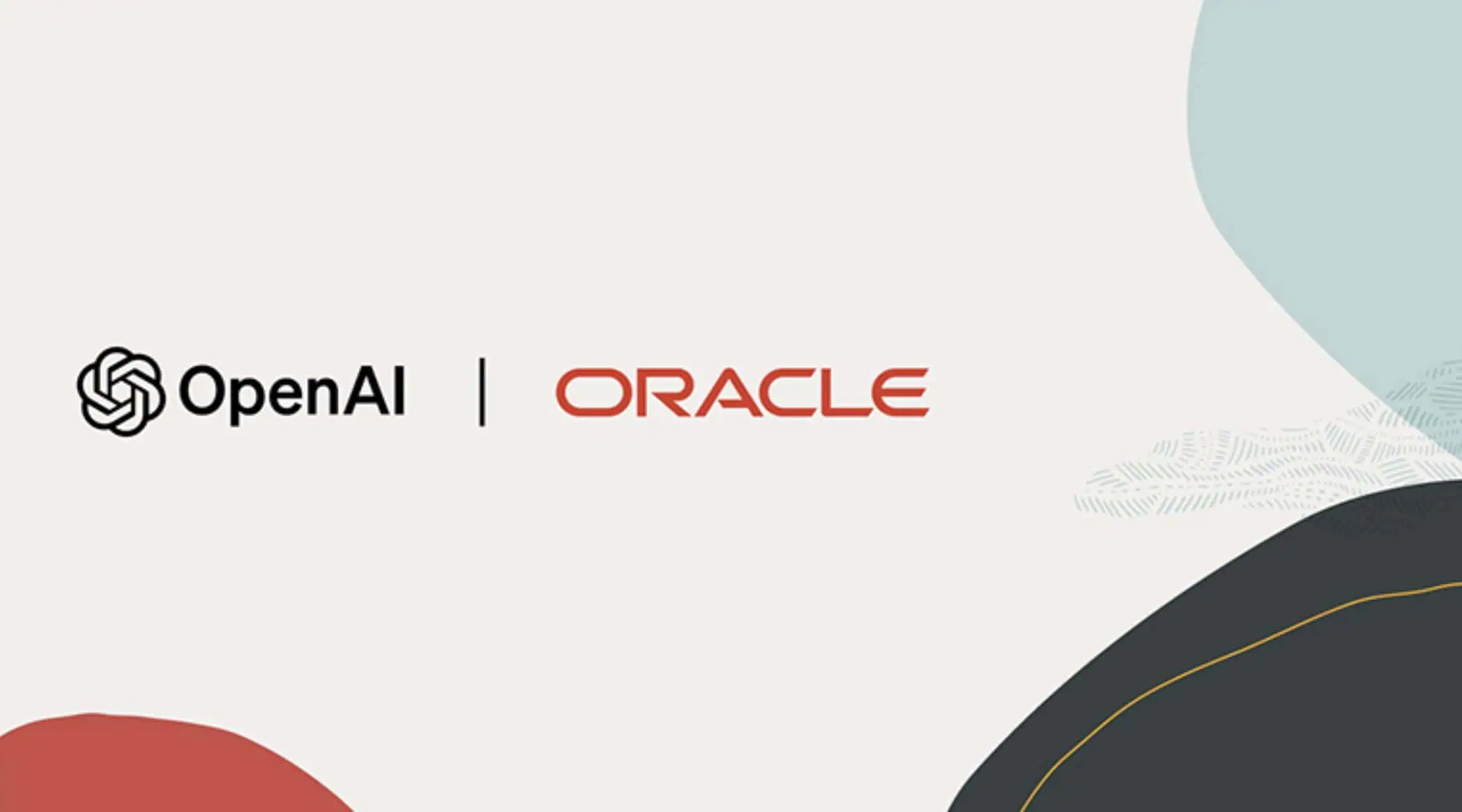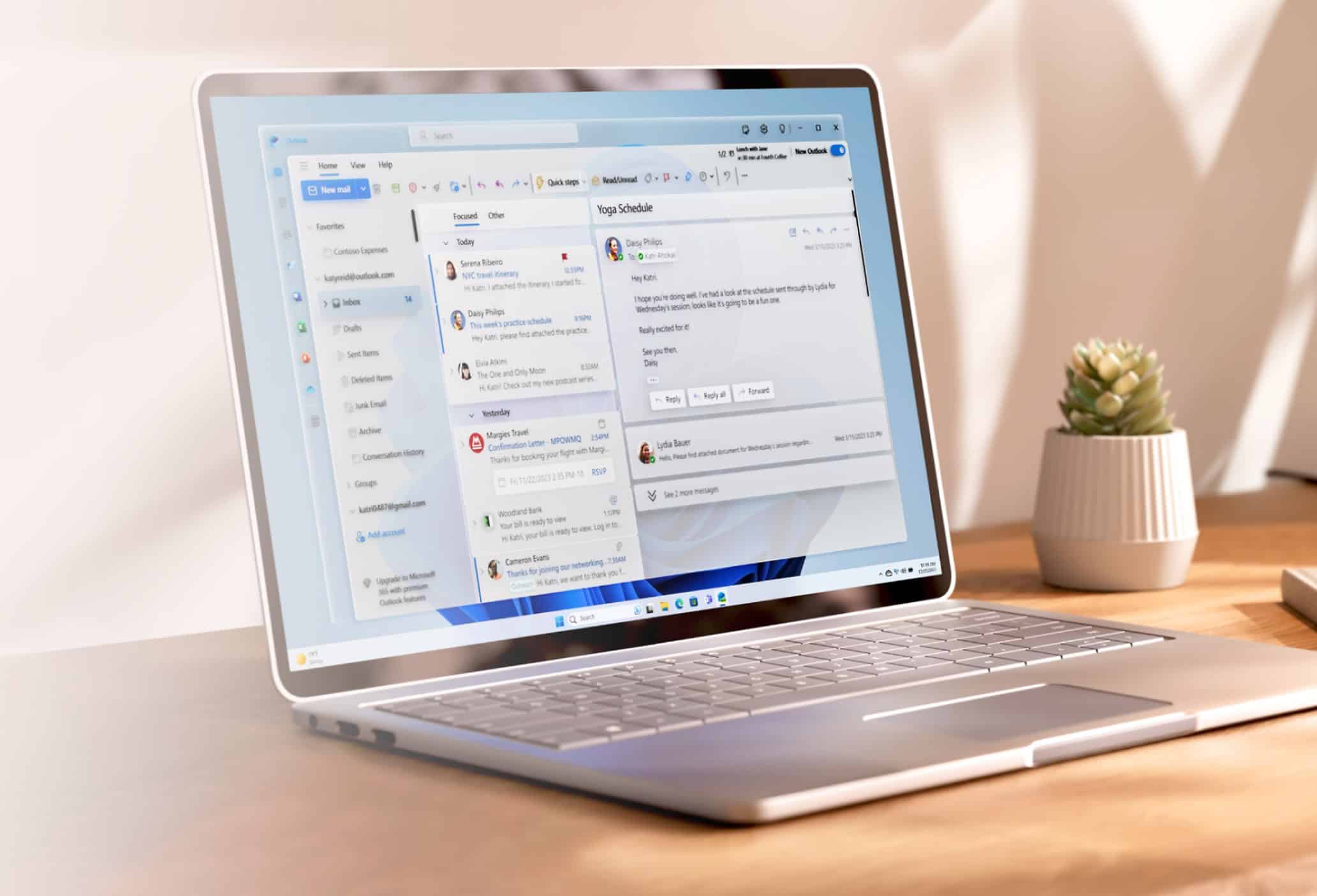Microsoft's white space free WiFi projects are annoying Indian telecos
3 min. read
Updated on
Read our disclosure page to find out how can you help MSPoweruser sustain the editorial team Read more

During the tour of India PM to Silicon Valley, Microsoft’s boss Satya Nadella said the company is keen to bring low-cost broadband internet access to 5 lakh Indian villages. Microsoft will be the first company to take this initiative to introduce broadband services using the white space technology in Indian villages. The white space is unused in India and there is a large scope of exploiting it to give cheap broadband with high speeds.
But it looks like Microsoft has to face some serious issue with the white space initiative because Cellular Operators Association of India (COAI) is set to shortly write to telecom minister Ravi Shankar Prasad, telecom secretary Rakesh Garg and Telecom Regulatory Authority of India chairman RS Sharma demanding an auction of the spectrum, instead of allocating it to one company. These companies aren’t against the technology or Microsoft’s entry into the space. Their problem is with the possibility of the US major getting free or exclusive access to this spectrum, called white spaces, which they said is a valuable national asset that telecom operators are also interested in.
Recent the Supreme Court of India sent a ruling that said all spectrum used for commercial purposes should be allocated through auctions. “If Microsoft wants to acquire white space spectrum, it should bid for it in an open auction,” said one of the people.
Prashant Shukla, Microsoft India’s national technology officer, said the white spaces spectrum can take signals up to 10km and enable speeds up to 16Mbps. “The technology can quickly provide low-cost internet connectivity to underserved sections and also provide newer ways of livelihood in rural India,” Shukla said.
“We believe rural internet will propel India’s rural economy,” he said, referring to a 2012 International Telecom Union report that said a 10% increase in broadband would increase GDP by 1.38% in low and middle-income countries.
Below is the explanation given by Microsoft India chairman Bhaskar Pramanik last year when they initially announced this project.
[shunno-quote]Wi-Fi has a range of only about 100 metres, whereas the 200-300 MHz spectrum band available in the white space can reach up to 10 km. This spectrum belongs mainly to Doordarshan (Indian public broadcaster) and the government and is not used at all. We have sought clearance for a pilot project in two districts.[/shunno-quote]
Globally, the white space technology has been successfully deployed in the US and Singapore, and is being tested in Kenya, Tanzania, South Africa and the Philippines, it said.
COAI director-general Rajan Mathews didn’t respond to an email seeking comment on the association’s demands.
The 900MHz band is currently priced at roughly Rs 45,000 crore for a pan-India 5MHz block, he said. If these “airwaves are not auctioned and remain unlicensed,” the government “would lose a major revenue generation opportunity”, the person said.
While it is still unknown whether the auction will take place and how it will be done, we appreciate the effort Microsoft has put in to make cheap and high-speed internet available in Indian villages. Time will tell if Microsoft will be able to gain access to White space in India against the established interests..
For now let us know your views about this project in the comments section.


